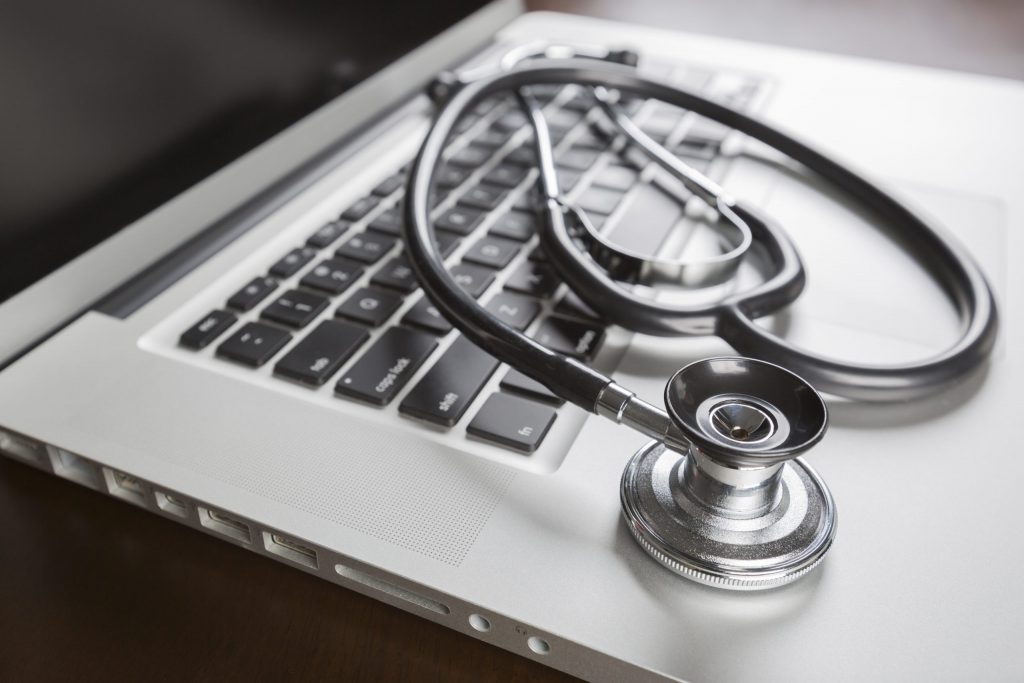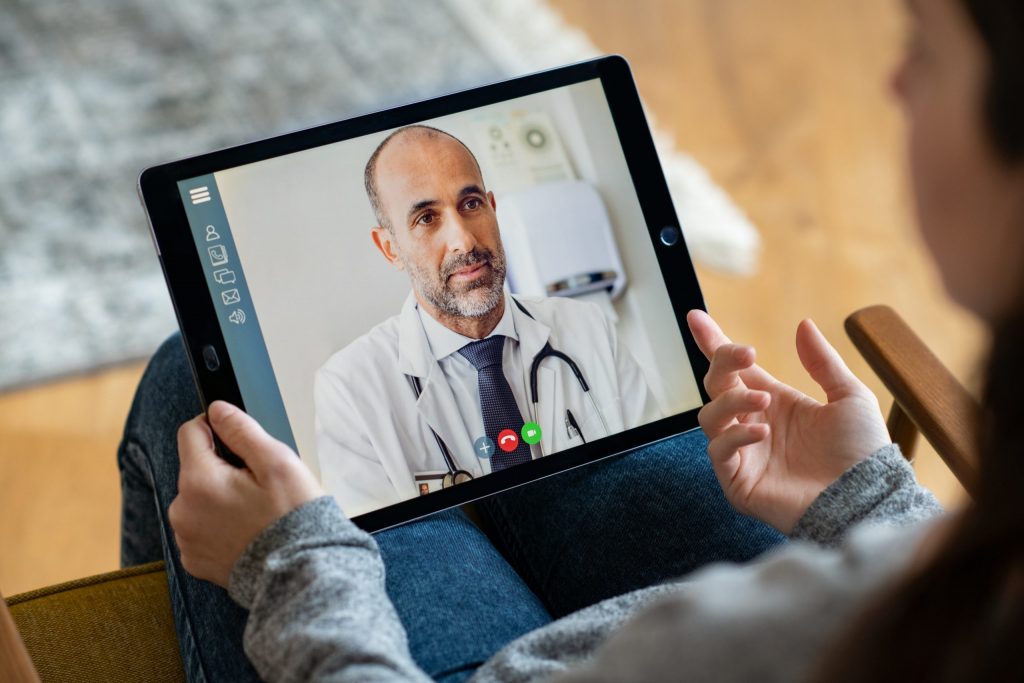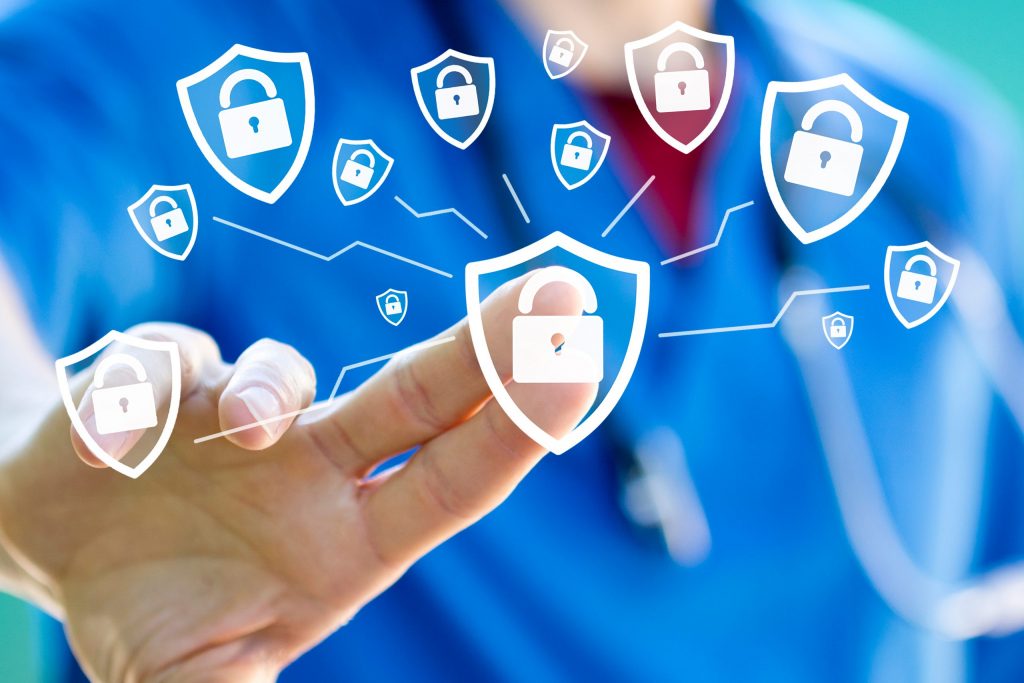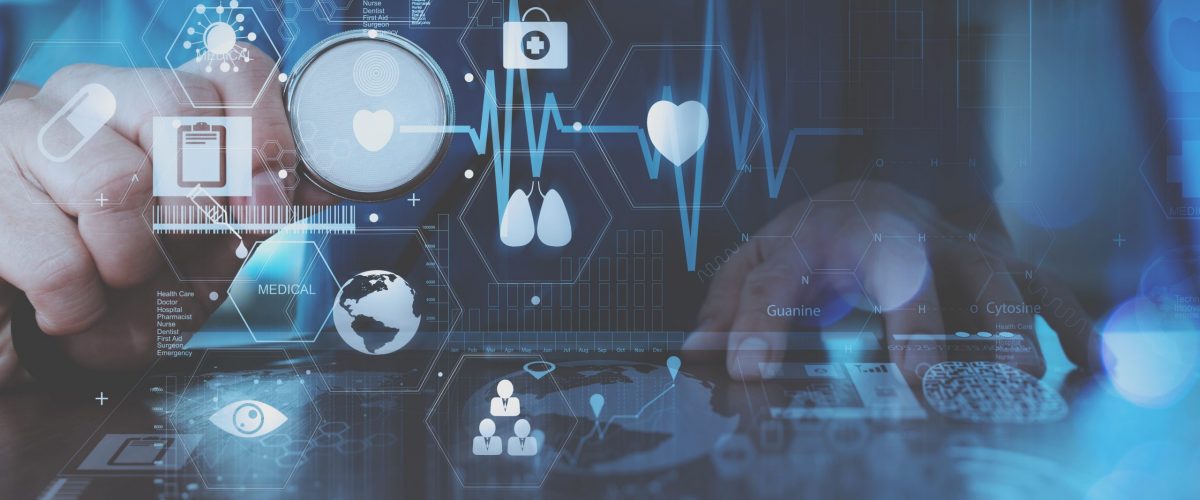
For the past year, more patients have visited their doctors via telemedicine than ever before. However, healthcare faced significant cyber risk long before COVID-19. As healthcare organizations collect and store the most sensitive data on their patients, including personally identifiable information, private medical records, and financial account information, healthcare is a prime target for cyber attacks. As these threats show no sign of slowing down anytime soon, cyber insurance for healthcare organizations and businesses is an absolute necessity.
It’s important that healthcare leaders take a proactive approach in their risk management and cyber-security posture. For those who haven’t yet suffered an attack, the safest bet is to assume that it’s only a matter of time.
Cyber Attacks on the Healthcare Industry
 Whether a healthcare organization faces a breach of sensitive patient information or extensive business interruption costs, the damages of a cyber attack can be substantial.
Whether a healthcare organization faces a breach of sensitive patient information or extensive business interruption costs, the damages of a cyber attack can be substantial.
The Center for Internet Security advises on what specific cyber attacks and security failures the healthcare sector needs to be aware of:
This type of malicious software or malware denies access to a computer system or network until a ransom demand is paid. Ransomware continues to be one of the most common and damaging types of cyber attacks that medical practices face as the methods of attack are constantly changing. These are usually pursued through social engineering attacks or phishing campaigns, which rely on human error through emails and malicious links.
What is it about the healthcare industry that makes it susceptible to so many data breaches? The sensitive nature of patient records is a lucrative commodity for hackers. These attacks are so common, it feels like almost everyone is under credit monitoring for the compromise of their information.

Hackers are always interested in personally identifiable information (PII), which involves:
- Names
- Phone numbers
- Addresses
- Social security numbers
- Credit card numbers
However, personal health information (or PHI), is an even bigger target as the cost-per stolen PHI record is much higher than the cost for PII alone. Healthcare information cannot be changed, making it easy to target the victims of this fraud.
While these cyber events can be caused by ransomware attacks, there are many different methods that hackers may use.
The Pandemic’s Affect on Cyber Risk in Healthcare
 While telemedicine was slowly gaining traction, the COVID-19 pandemic thrust these virtual appointments into everyday use as millions of patients met with their doctors remotely for the first time. This remote connectivity has made healthcare a bigger target than ever.
While telemedicine was slowly gaining traction, the COVID-19 pandemic thrust these virtual appointments into everyday use as millions of patients met with their doctors remotely for the first time. This remote connectivity has made healthcare a bigger target than ever.
A robust cyber-security approach is now a necessity and healthcare organizations can no longer assume that complying with the bare minimum of cyber security and data usage standards and requirements will protect them.
Cyber Liability Insurance: A Proactive Approach to Protecting Sensitive Patient Information
For your clients in the healthcare industry, the sad truth is that it’s only a matter of time that they fall victim to a cyber attack. The potential risks of these cyber events are too great.
Here are two important steps your clients need to take to ensure they’re prepared to protect their patients and themselves:
Setting a predetermined data breach response plan allows your clients to act quickly and efficiently, should they fall victim to a data breach or cyber attack. This plan helps all involved parties understand their role and the actions they should take before the attack so they can quickly respond and mitigate risks when the time comes.

- Purchase a Cyber Insurance Policy
This is the single most important proactive step your healthcare clients can take to ensure they’ll be protected, should they fall victim to an attack. Coverages may include:
- Crisis Management
- Third-Party Liability
- Business Interruption
- Cyber Extortion
- Digital Asset Damage
Cyber Insurance for healthcare will protect your clients from the extensive financial damages that they may face following a cyber attack.
Quote & Compare Cyber Policies in Minutes
Register for our Cyber IQ Comparative Rate Platform today to compare multiple quotes from multiple carriers in just minutes to help you find the best coverage to suit your clients’ specific needs.
For more information on how you can protect your clients, download Cyber Exposure: What’s the Real Cost? to help them understand the risks they may face and what they can do to mitigate damages.




